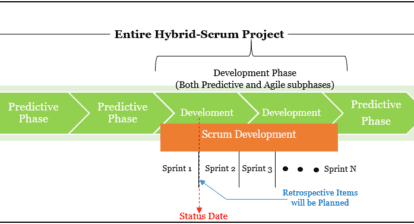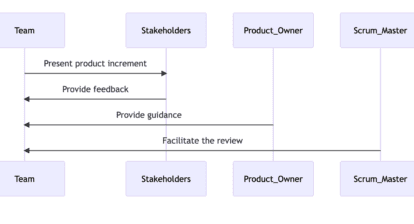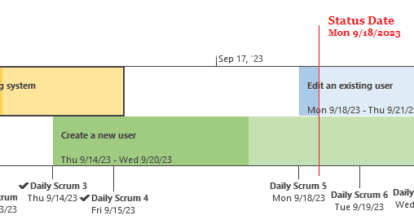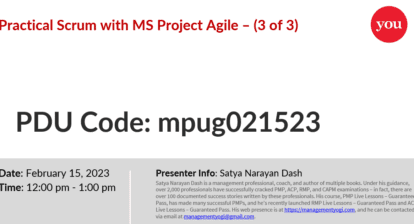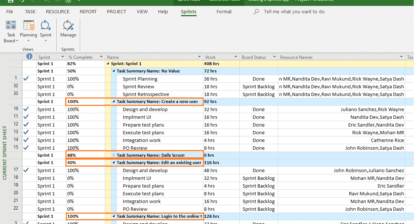Please find highlights from Satya Narayan Dash’s webinar – Practical Scrum Using MS Project Agile – being provided by MPUG for the convenience of our members. You may wish to use this transcript for the purposes of self-paced learning, searching for specific information, and/or performing a quick review of webinar content. There may be exclusions, such as those steps included in product demonstrations, or there may be additions to expand on concepts. You may watch the on-demand recording of this webinar at your convenience.
The Sprint Retrospective is a crucial event that takes place at the end of a Sprint, just before the next Sprint planning meeting. It is the last event in a Sprint and is used to conclude the Sprint. Participants in this event typically include the product owner (PO), Scrum Master, and developers.
The event is time-boxed to 1.5 hours for a two-week Sprint, and for longer Sprints, such as a four-week Sprint, the event is correspondingly longer, typically lasting three hours. The primary purpose of the Sprint retrospective is to facilitate continuous improvement, a concept known as Kaizen, to increase the quality and effectiveness of the process.
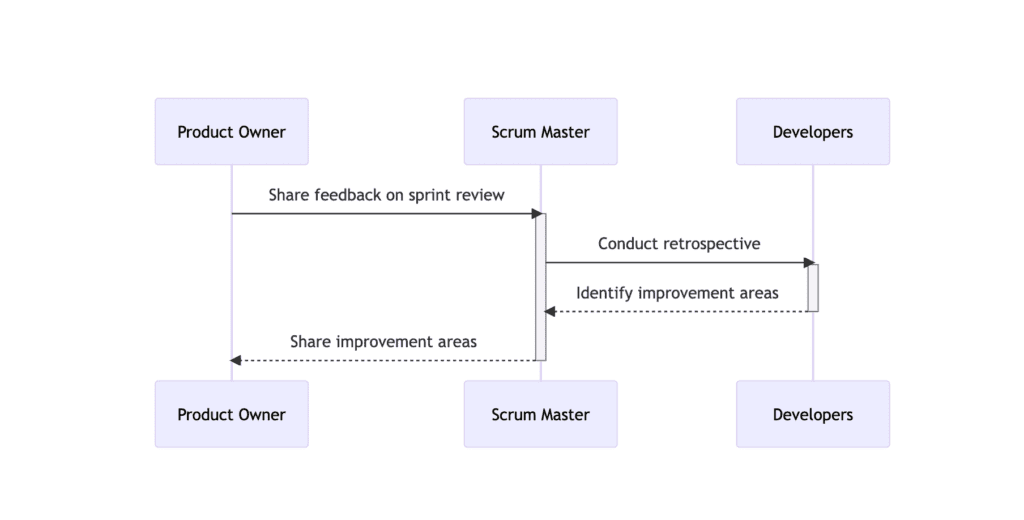
Understanding that the Sprint retrospective is the second-to-last event in the Sprint, happening after the Sprint review is essential. The last event in the sprint is the upcoming sprint planning meeting. The product quality is evaluated during the Sprint review, and any new items that arise are added to the product backlog.
In contrast, during the Sprint retrospective, the focus is on process quality, and any improvement items identified during this event may or may not be added to the product backlog. Instead, they go onto the to-do list of items and are subsequently prioritized. If they are prioritized, they will then become part of the top of the backlog.
It’s crucial to note that none of the Sprint events have entry or exit criteria, according to the Scrum Guide. If you use these events as gates, it becomes a waterfall-based approach, which is not agile. This means that the increment can be delivered at any point during the Sprint, and the Sprint review should not be considered a gate to release value to the customer or internal stakeholders.
In conclusion, a Sprint retrospective is an essential event that serves to improve the process’s quality and effectiveness. It is time-boxed and attended by the PO, Scrum Master, and developers. It’s not a gate-based approach, and the Scrum Guide emphasizes that the increment can be delivered at any point during the Sprint, making it a flexible and agile process.


